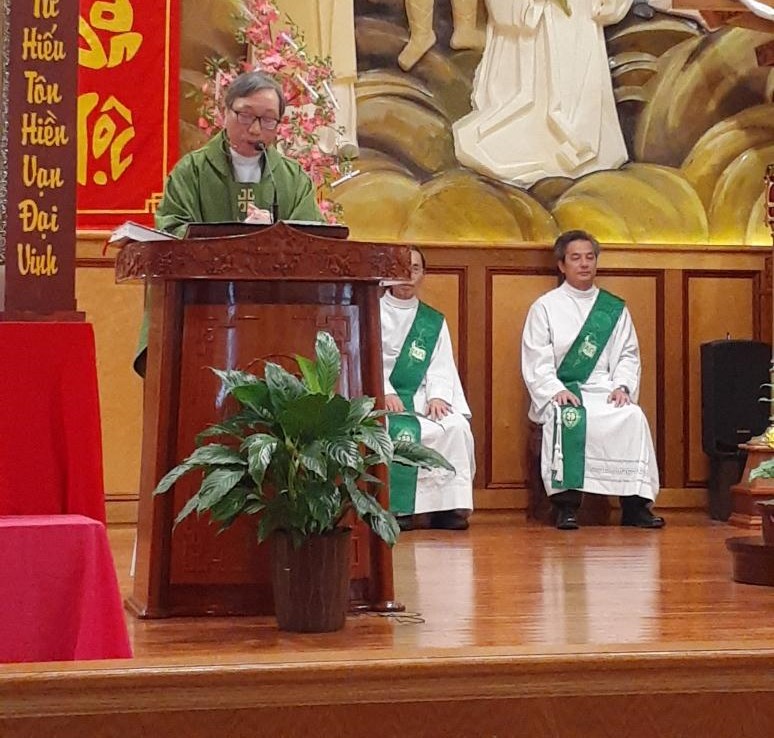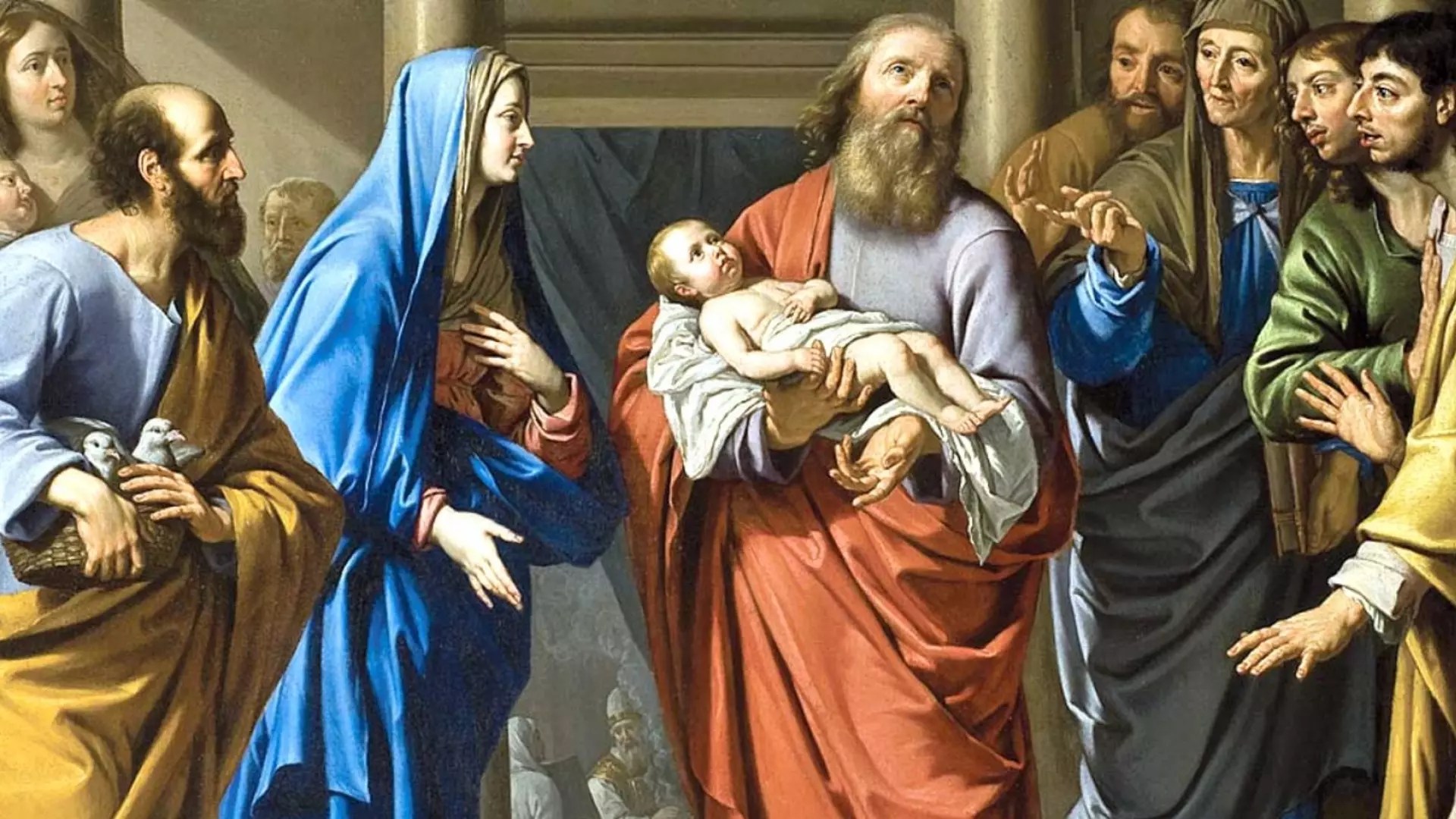Joaquim Magalhães de Castro
The Catholic community of Hon Tre village dates back to the 1960s, when several families of believers settled on Hai Tac, “Pirate Island,” to achieve a more dignified life there. Later, at the initiative of these local parishioners led by Father Michael Le Tan Cong, a church, a school, and a medical center were built there. Located 28 kilometers from the mainland, at the southernmost point of the country, the only way to reach Hai Tac is by speedboat, a one-hour trip.
Over the years, the local Catholic community went through long periods without priests, so all religious activities—novenas, catechism, etc.—were performed by parishioners. Interviewed by Fides news agency reporter Andrew Doan Thanh Phong, Mrs. Anna Nguyen Thi Hong, 75, “a witness to the parish’s ups and downs,” recalls: “Once, the priest celebrated Mass only once a month. And during typhoon season, the wait was two months. All we could do was embrace the image of the Virgin Mary and pray for the priest to arrive safely on the island. The fishermen’s lives were uncertain in themselves, but without prayers, and Mass, we found it even more precarious than a boat adrift in the middle of the ocean at night.”
Currently, Masses are held daily on the island of Hon Tre, and also on neighboring Hon Giang, 7 kilometers away. Catholic life here has completely changed thanks to the “special commitment of the diocese and religious orders,” and especially to the regular presence of Father Vincent Nguyen Minh Phung. To ensure that his faith is not interrupted, this priest makes the boat crossing from Hon Tre to Hon Giang to celebrate Mass four days a week. Parishioner Nguyen Thi Suong says: “Now, not only do we have regular Masses, but our children also receive an excellent education, thanks to the work of the nuns. For us, the church is not only a place of prayer, but also a beacon that sustains the souls of the islanders. It helps us live with compassion, study more, and maintain our faith amid life’s difficulties, as our priest and the bishop of the diocese used to teach.”
The name “Pirate Island” was given to this archipelago because filibusters settled there in the late 17th and early 18th centuries with the intention of attacking merchant ships passing through that maritime region. Composed of 16 islands of varying sizes, Hon Tre being the most populous, where the church is located and where more than 220 parishioners live, the people there live primarily from fishing. Despite the difficulties of surviving, they maintain their religious life with “the greatest fervor and sincerity,” regularly attending daily Mass and organizing liturgical ceremonies, such as Holy Week. The education of the fishermen’s children is a problematic issue, not only due to the lack of schools and teachers, but above all “due to poverty and the lack of motivation to study on the part of the children and even their own parents.”
Thanks to the presence of the Sisters of Our Lady of the Mission in this archipelago, who accompany the families of local fishermen, encouraging their children to attend school and teaching them directly, the children have developed well and actively participate in school and church activities. “Today, we feel welcomed by the Catholic Church. The presence of a priest and nuns make us feel happy, as if we were connected to the mainland. The church is not only a place of prayer, but also a beacon that keeps our faith firm amid the storms of life on the high seas,” says Maria Tran Thi Be, a longtime parishioner on this island, part of the Diocese of Long Xuyen in southern Vietnam.
On another remote island called Ly Son, the seeds of faith were not planted by missionaries, but by a traditional medicine doctor, Mr. Duong Minh Giang, who was assigned there in 1959. After renting a room in a local fisherman’s house, he asked him to build an altar to Jesus Christ. As a result, the fisherman’s entire family converted to Catholicism, as the owner of the house was impressed by the doctor’s prayers and his daily moral behavior. Thus, shortly thereafter, Ly Son became a mission site with a small chapel where a church now stands. In 1966, Peter Nguyen Hoang Diep, the first priest assigned there, made significant contributions to the education of the island’s local children, regardless of their religion.
After the end of the war in 1975, religious life in Ly Son faced great difficulties. All parish facilities were requisitioned by the government as state property and used for teaching, military housing, and food storage, etc., before being abandoned. During this 14-year period, there were no priests, no Masses, or religious sacraments; local parishioners had to fend for themselves to maintain their faith in Christ. Fortunately, Ly Son Church was returned to its parishioners on December 16, 1993, after a long period of persistent requests. Until 1995, Ly Son Parish had Michael Truong Van Hanh as its first pastor. In addition to building the parish facilities, Father Michael also dedicated himself to educating the children of poor fishermen. Currently, Ly Son Parish has 521 parishioners, located in a poor and isolated island area.


 Follow
Follow


